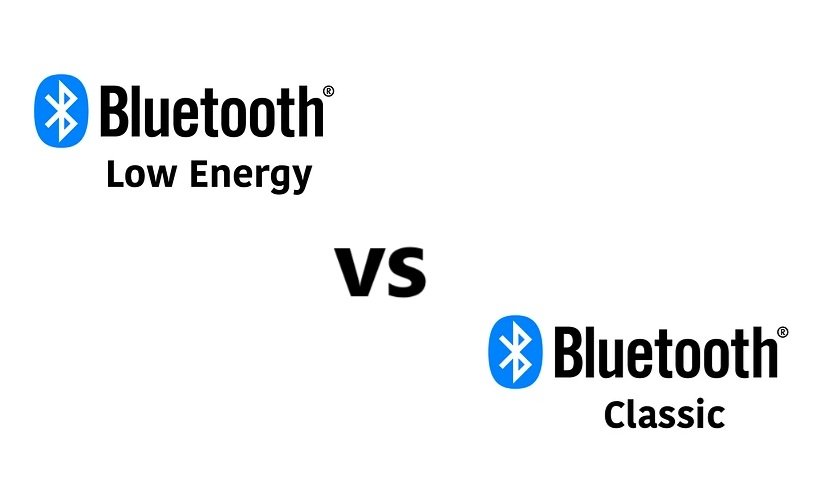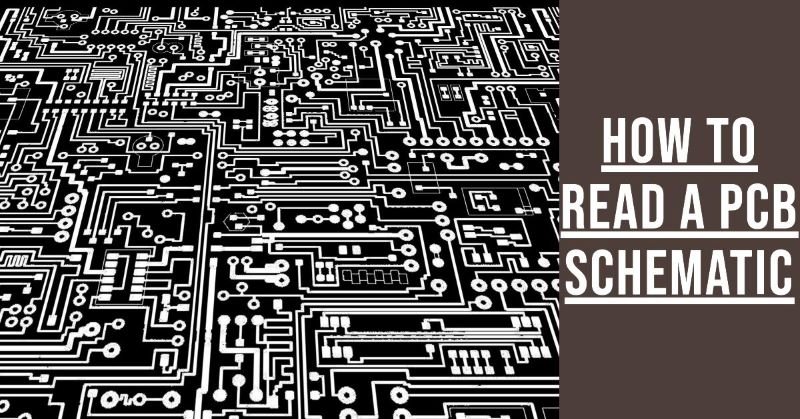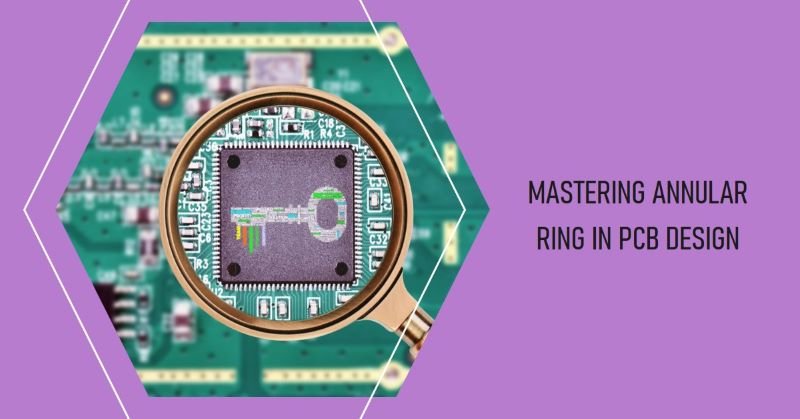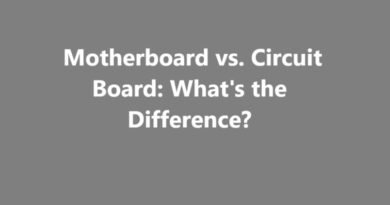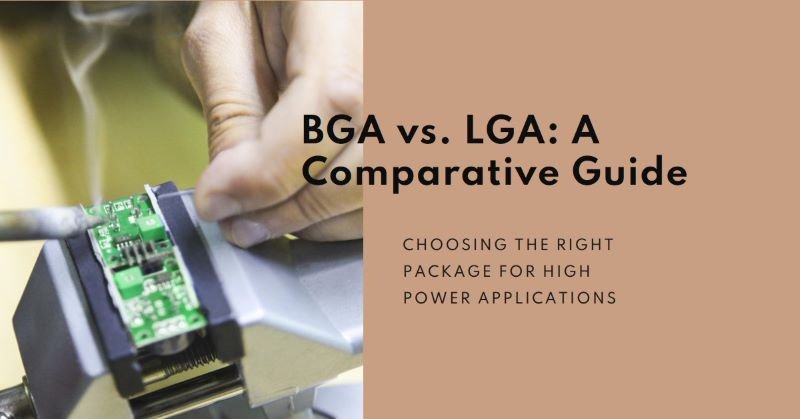Bluetooth vs Bluetooth Low Energy (BLE): A Detailed Comparison
Bluetooth technology has become a cornerstone of wireless communication, enabling the seamless connection of devices over short distances. With the advent of Bluetooth Low Energy (BLE), a new variant of Bluetooth technology, the landscape of wireless communication has expanded even further, especially in the realm of Internet of Things (IoT). While both Bluetooth and BLE share the same foundational principles, they serve different use cases due to their distinct characteristics. In this article, we will explore the differences between Bluetooth Classic and Bluetooth Low Energy (BLE), their respective applications, and the factors that make each technology suitable for different scenarios.
1. What is Bluetooth Classic?
Bluetooth Classic, often referred to as simply Bluetooth, is the original version of the Bluetooth wireless communication protocol. It was designed for devices that need continuous data exchange, and its primary focus was on high-bandwidth applications that required stable connections. Bluetooth Classic operates in the 2.4 GHz ISM (Industrial, Scientific, and Medical) band and offers relatively higher data transfer rates, making it suitable for applications like audio streaming, hands-free communication, and file transfers.
Key Features of Bluetooth Classic:
- Data Transfer Rate: Bluetooth Classic supports data rates of up to 3 Mbps (depending on the version of Bluetooth used).
- Continuous Communication: It is optimized for continuous data streams, making it ideal for devices that need to send or receive large amounts of data at regular intervals.
- Range: Bluetooth Classic typically offers a range of up to 100 meters, depending on environmental conditions and power output.
- Profiles: Bluetooth Classic uses various profiles such as A2DP (Advanced Audio Distribution Profile) for streaming high-quality audio, HFP (Hands-Free Profile) for hands-free communication, and FTP (File Transfer Protocol) for transferring files between devices.
2. What is Bluetooth Low Energy (BLE)?
Bluetooth Low Energy, or BLE, is a power-efficient version of Bluetooth that was introduced with the Bluetooth 4.0 specification. Unlike Bluetooth Classic, BLE is designed to operate with minimal energy consumption, making it perfect for applications that require low-power wireless communication over extended periods. BLE is designed to transmit small amounts of data intermittently, using a “broadcast” approach to connect with devices rather than maintaining an ongoing connection.
Key Features of Bluetooth Low Energy (BLE):
- Power Consumption: BLE is designed to consume very little power, enabling devices to run on small batteries (such as coin cell batteries) for months or even years.
- Data Transfer Rate: While BLE supports data transfer rates up to 1 Mbps (in more recent versions), it is primarily designed for small bursts of data, not for continuous data streams.
- Range: BLE typically supports a range of up to 50 meters, though the newer Bluetooth 5.0 version can extend the range to up to 200 meters under ideal conditions.
- Profiles: BLE uses simplified profiles, relying on the GATT (Generic Attribute Profile) framework. GATT allows devices to exchange data in a structured format, which is suitable for sensors, smartwatches, fitness trackers, and other IoT applications.
3. Power Consumption
One of the biggest differences between Bluetooth Classic and BLE is power consumption.
- Bluetooth Classic was designed for continuous data transfer and high-throughput applications. As a result, it is more power-hungry and consumes a significant amount of energy while maintaining an active connection. For example, devices like wireless headphones and Bluetooth speakers, which require constant data exchange (audio streaming), use Bluetooth Classic to provide stable, high-quality performance. These devices typically require regular charging, making them unsuitable for long-term, battery-powered applications.
- Bluetooth Low Energy (BLE), on the other hand, is designed specifically to operate with minimal power consumption. BLE devices transmit small packets of data in short bursts, allowing them to sleep most of the time and wake up only to send data. This approach makes BLE perfect for devices that need to operate for extended periods without frequent recharging, such as fitness trackers, smartwatches, health monitors, and IoT sensors. Devices that use BLE can last for months or even years on a single coin cell battery.
4. Data Transfer Rate
Another key difference between Bluetooth Classic and BLE is their data transfer rates:
- Bluetooth Classic supports higher data transfer speeds, with the most common rates being 1 Mbps, 2 Mbps, and 3 Mbps. This makes it well-suited for applications that require streaming large amounts of data, such as audio and video, or transferring files. For example, A2DP (Advanced Audio Distribution Profile) allows Bluetooth Classic to deliver high-quality audio over short distances, such as between a smartphone and a wireless headset or speaker.
- Bluetooth Low Energy (BLE) supports lower data transfer rates, typically up to 1 Mbps in the most recent versions. While BLE can handle higher speeds in some versions (e.g., Bluetooth 5.0 with a data rate of 2 Mbps), it is still designed for small bursts of data. BLE’s low bandwidth makes it unsuitable for applications that require large data transfers or continuous communication, like audio or video streaming. BLE is more commonly used for transmitting small amounts of sensor data, such as heart rate information, temperature readings, or smart home control commands.
5. Range
- Bluetooth Classic generally has a longer range, up to 100 meters in ideal conditions. This makes it suitable for applications like wireless audio streaming, where devices need to stay connected over a distance (e.g., a phone connected to a Bluetooth speaker across the room).
- Bluetooth Low Energy (BLE) usually has a shorter range, typically up to 50 meters under normal conditions. However, with Bluetooth 5.0, BLE’s range can be extended to up to 200 meters, which is useful for applications like asset tracking or beacons that require longer-range communication.
6. Connection Establishment
- Bluetooth Classic usually requires a longer connection setup time, as it was originally designed for devices that would stay connected continuously. Devices need to pair and maintain an ongoing connection, which can take several seconds to establish.
- Bluetooth Low Energy (BLE) is designed for quick connection establishment. It typically only requires a few milliseconds to connect and exchange data, making it ideal for applications where a fast connection is needed and continuous data transfer is not required.
7. Applications
The difference in power consumption, data transfer rates, and connection models makes Bluetooth Classic and BLE suitable for different types of applications.
Bluetooth Classic Applications:
- Audio Streaming: Bluetooth Classic is ideal for wireless audio streaming. Devices like wireless headphones, Bluetooth speakers, and car audio systems rely on the continuous data transfer capabilities of Bluetooth Classic.
- File Transfer: Bluetooth Classic allows devices to transfer files between smartphones, laptops, printers, and other devices. It is suitable for applications that need a stable and fast connection for transferring relatively large amounts of data.
- Hands-Free Communication: Bluetooth Classic is used in car kits and hands-free devices, where it supports voice communication and controls in addition to data transfer.
Bluetooth Low Energy Applications:
- Wearables: Fitness trackers, smartwatches, and health monitors all rely on BLE for low-power operation. These devices typically send small amounts of data, such as step counts, heart rate, or temperature readings, at intervals.
- IoT Devices: BLE is widely used in smart home systems (e.g., lights, thermostats, security systems) and sensors (e.g., motion detectors, environmental monitors). BLE is ideal for devices that need to exchange small data packets periodically and conserve energy.
- Location-based Services: BLE is commonly used in beacons for proximity marketing, asset tracking, and location-based services. For example, BLE beacons can send location data to smartphones to trigger actions based on proximity.
8. Compatibility and Interoperability
- Bluetooth Classic and Bluetooth Low Energy (BLE) are not inherently compatible with each other. Bluetooth Classic requires devices to support the Bluetooth Classic protocol, while BLE requires devices to support the BLE protocol. This means that devices designed for Bluetooth Classic cannot communicate with devices designed only for BLE, and vice versa.
- However, many modern smartphones, laptops, and other Bluetooth-enabled devices support both Bluetooth Classic and BLE, allowing them to connect to both types of devices. These devices typically have separate modules to handle Bluetooth Classic and BLE communications, ensuring compatibility with a wide range of devices.
9. Conclusion
Both Bluetooth Classic and Bluetooth Low Energy (BLE) have their own unique strengths and are designed for different use cases. Bluetooth Classic is suited for applications that require high data transfer rates, continuous communication, and stable connections, such as audio streaming and file transfers. On the other hand, Bluetooth Low Energy (BLE) is optimized for low-power, intermittent communication, making it ideal for battery-powered devices, wearables, IoT sensors, and other applications that need to operate over long periods without frequent recharging.
As the IoT landscape continues to grow, BLE will play a more significant role in enabling energy-efficient communication for millions of connected devices. Bluetooth Classic, however, will continue to serve applications that demand higher bandwidth and continuous communication. The choice between Bluetooth Classic and BLE ultimately depends on the specific requirements of the application, including power consumption, data transfer needs, and device range.
